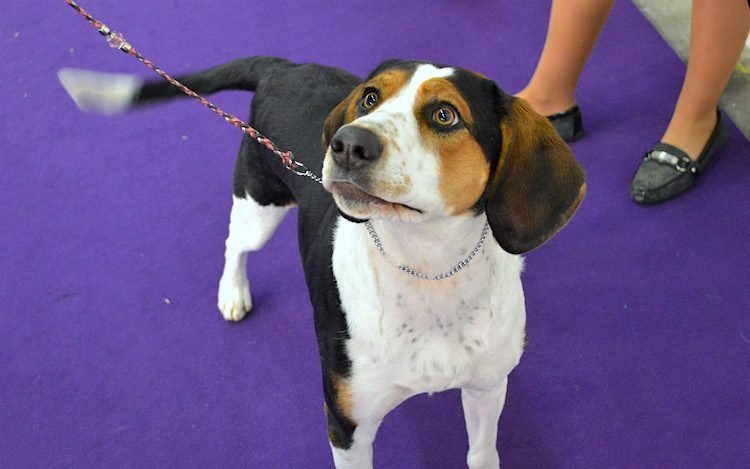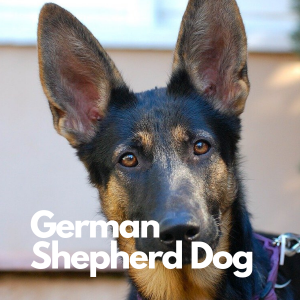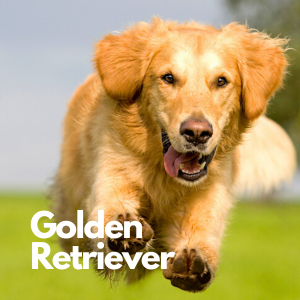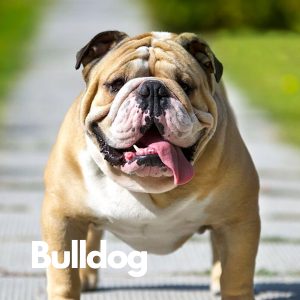
Hound
50-70 lbs.
22-27 in. (male);
20-25 in. (female)
12-13 years
1. Key Characteristics of Treeing Walker Coonhounds
The Treeing Walker Coonhound looks a lot like a tall Beagle.
The eyes and ears are large with the ears hanging far down the sides of the head. The short and glossy coat comes in a tri-colored or bi-colored coat of white, black and tan that may include spots.
2. Where Treeing Walker Coonhounds Came From
Thomas Walker imported English Coonhounds into Virginia in 1742. They later became known as Virginia Hounds.
Certain qualities of these dogs were desirable to retain, but they needed an additional edge when it came to hunting game, particularly the desire to hunt and the ability to stay with the prey until the hunter arrived.
Though they mainly hunt on the ground, some of these dogs have reputedly clambered up a tree after their prey.
These dogs were developed into the “walker” hounds until they were out-crossed with a stolen dog from Tennessee of unknown roots in 1945. The resulting dogs were named Treeing Walker Coonhounds and classified as a new breed.
The American Kennel Club (AKC) recognized the breed in 2012. They were the last of the coonhounds to earn inclusion from the AKC.

3. How Friendly Are Treeing Walker Coonhounds?
This is a fast, active dog breed.
Although they are friendly, confident and great with kids and other dogs, Treeing Walker Coonhounds follow their noses. They are intelligent, competitive and love to work.
These dogs need regular exercise and reinforced training. Without them, these dogs can become stubborn and destructive.
4. Is This the Right Dog for You?
Exercise Needs
HIGH: Treeing Walker Coonhounds are active dogs who need regular, daily exercise. They love to work and have a high endurance level. They do well in warm climates and are considered too active for apartment life.
Grooming Needs
LOW: This breed requires minimal maintenance with a weekly brushing on the short coats and baths as needed. Clean the large ears regularly to prevent an ear infection.
Shedding is minimal to average. In addition to the ear cleaning, be sure to brush your coonhound’s teeth and clip their nails regularly.
Health Problems
LOW: This breed is extremely healthy with no notable genetic conditions. The ears may be prone to infection because of their size, and there is a chance of hip dysplasia.
Working dogs of this breed may encounter a higher chance of injury or cuts associated with their jobs.
Because the dogs chase wild raccoons and may come in direct contact with them regularly, people with working hounds should be diligent with rabies vaccinations.
More Stats About Treeing Walker Coonhounds
| Friendliness | ★★★★☆ |
| Ease of Training | ★★☆☆☆ |
| Barking/Howling | ★★★★★ |
| Shedding | ★★★☆☆ |
| Tolerate Being Alone | ★★☆☆☆ |
| Very Good With Kids | ★★★★☆ |
Learn more about the Treeing Walker Coonhound in this video:

5. How to Adopt a Treeing Walker Coonhound
If you are considering adding a Treeing Walker Coonhound to your family, look into rescues and adoption resources first. Try out Petful’s online adoptable pet search.
If you decide to go the breeder route, please make sure the breeder is reputable and get to know the classic puppy mill warning signs.
References
- “Treeing Walker Coonhound.” American Kennel Club. https://www.akc.org/dog-breeds/treeing-walker-coonhound/.
- Coonhound Rescue Network. https://www.facebook.com/pages/Coonhound-Rescue-Network-Page/186296814742904.
- Howard, Austin. Treeing Walker Coonhound Guide. 2018.








